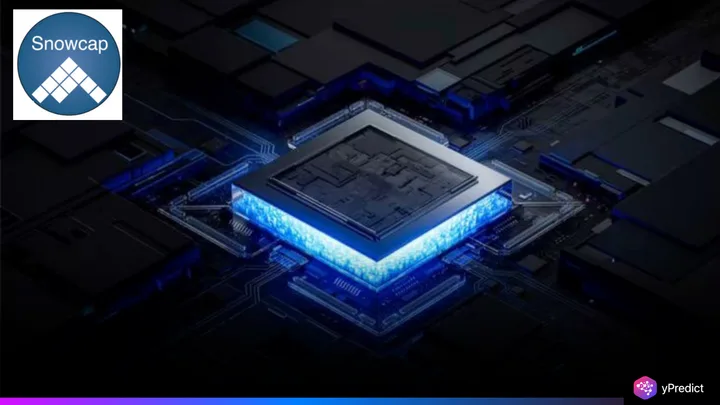
California-based startup Snowcap Compute has raised $23 million to develop AI chips using superconducting materials, betting on a dramatic leap in performance and energy efficiency. The funding round, announced Monday, is led by Playground Global and joined by Cambium Capital and Vsquared Ventures. Intel’s former CEO Pat Gelsinger is backing the company and joining its board.
Snowcap claims its technology could be 25 times more efficient than today’s best AI chips, even after factoring in the energy needed for cooling. As AI servers like Nvidia’s upcoming “Rubin Ultra” push data center power use to new extremes, Snowcap sees a critical opportunity. The company’s vision is to build powerful, low-energy AI computers that can break today’s limits.
Superconductors Drive a New Chip Vision
Snowcap Compute’s core innovation is building AI chips using superconducting materials, which conduct electricity with zero resistance. This reduces wasted energy and opens the door to faster, cooler computing. But to function, these materials need to stay extremely cold. Snowcap plans to pair its chips with cryogenic coolers and still come out ahead on energy use.
“Power is nice, but performance sells,” said CEO Michael Lafferty, who previously led chip research at Cadence Design Systems. Snowcap believes the trade-off is finally worth it. While cryogenic cooling is power-hungry, the performance gains of superconducting chips could outweigh those costs. The company’s first chip is expected by the end of 2026. Until then, it’s refining materials, such as niobium and titanium nitride, sourced mainly from Brazil and Canada.
Early Funding and Big Backers, But Long Road Ahead
Snowcap’s leadership team includes scientists Anna Herr and Quentin Herr, known for their work on superconducting chips at Imed and Northrop Grumman. The company also counts veterans from Nvidia and Google among its staff.
The recent $23 million funding round is not just a financial boost. It’s also a vote of confidence from tech insiders who believe the chip industry needs a reset. Pat Gelsinger, who led Intel’s efforts during a pivotal period, is one of them. “A lot of data centers today are just being limited by power availability,” he said. Snowcap’s approach targets that problem directly.
But challenges remain. The company must scale production, secure reliable supply chains, and prove that cryogenically cooled chips can work at data center scale. Full systems won’t arrive for several years, and market demand could shift. Still, the promise of dramatically lower power use may be enough to keep attention focused.
Snowcap’s Bet on a New Computing Future
Snowcap’s entrance into the AI hardware race signals a deeper shift in how the industry views performance and energy. While Nvidia and others keep squeezing more from silicon, Snowcap is exploring a clean break. If the company can deliver on its performance-per-watt claims, it could reshape expectations for AI infrastructure.
Cooling remains a hurdle, but rising power demands make alternatives more viable. As Lafferty puts it, combining high performance with low power is the only path forward. The startup may be early, but its bet on superconducting chips aligns with a growing urgency: AI needs faster, cheaper, and greener ways to compute.






